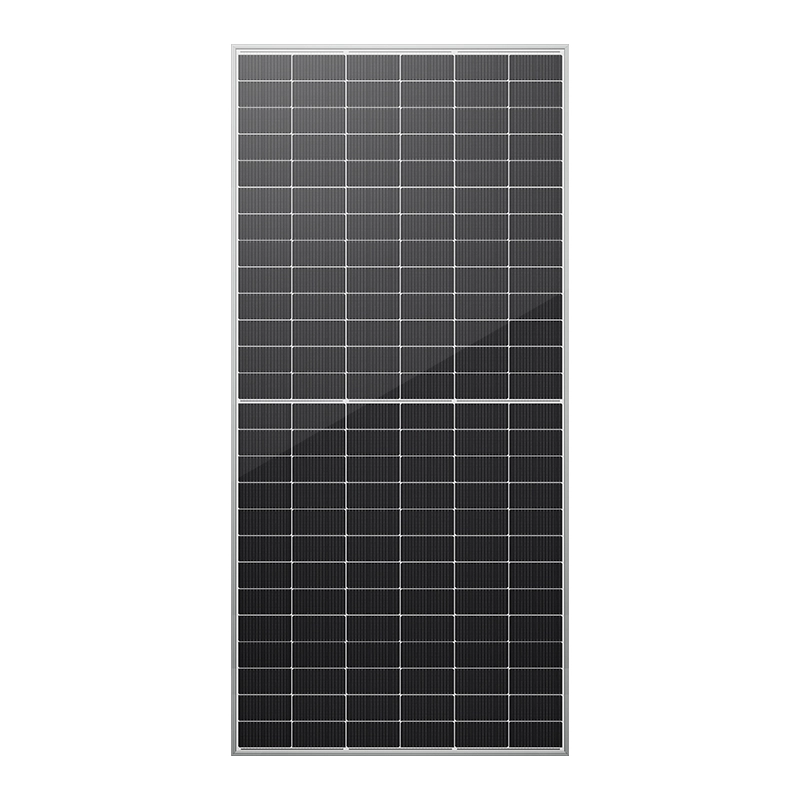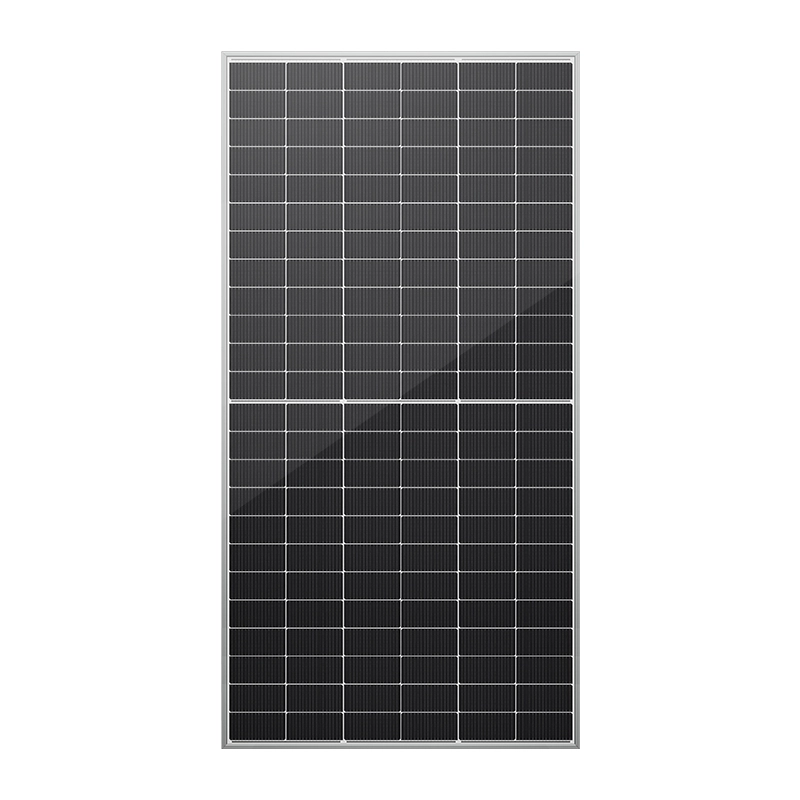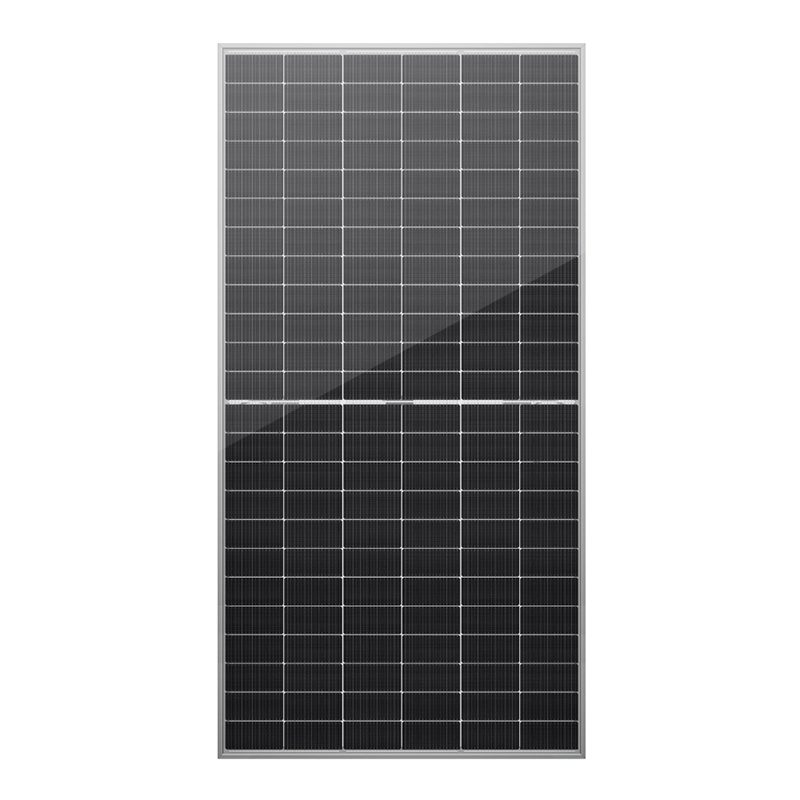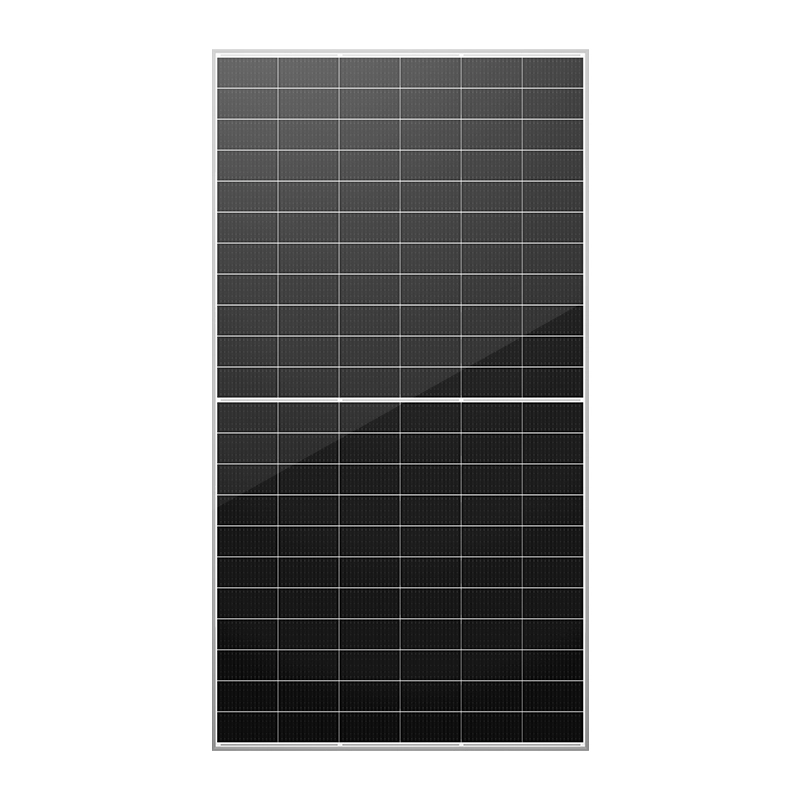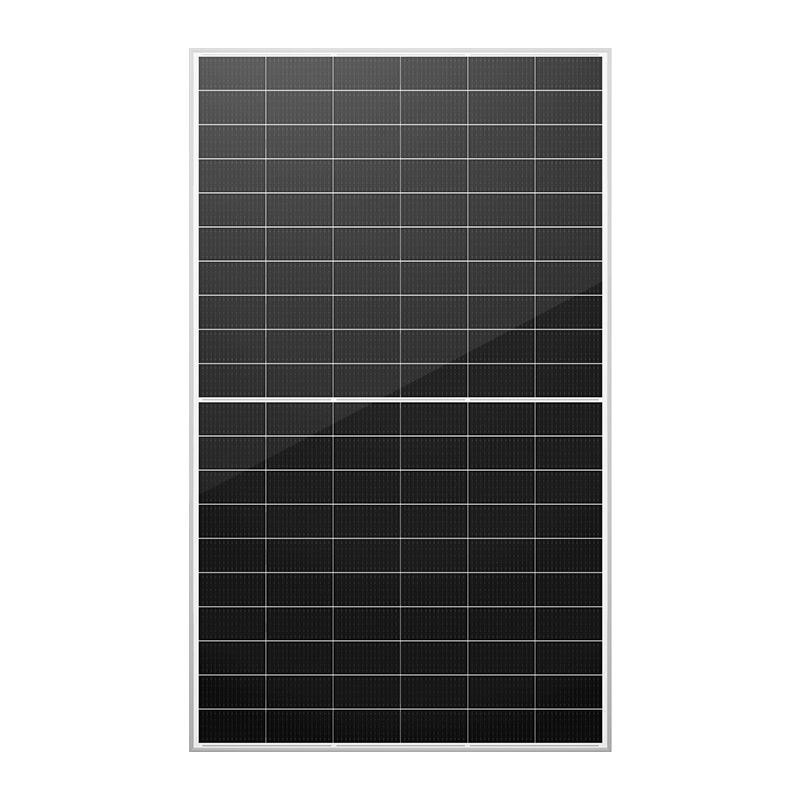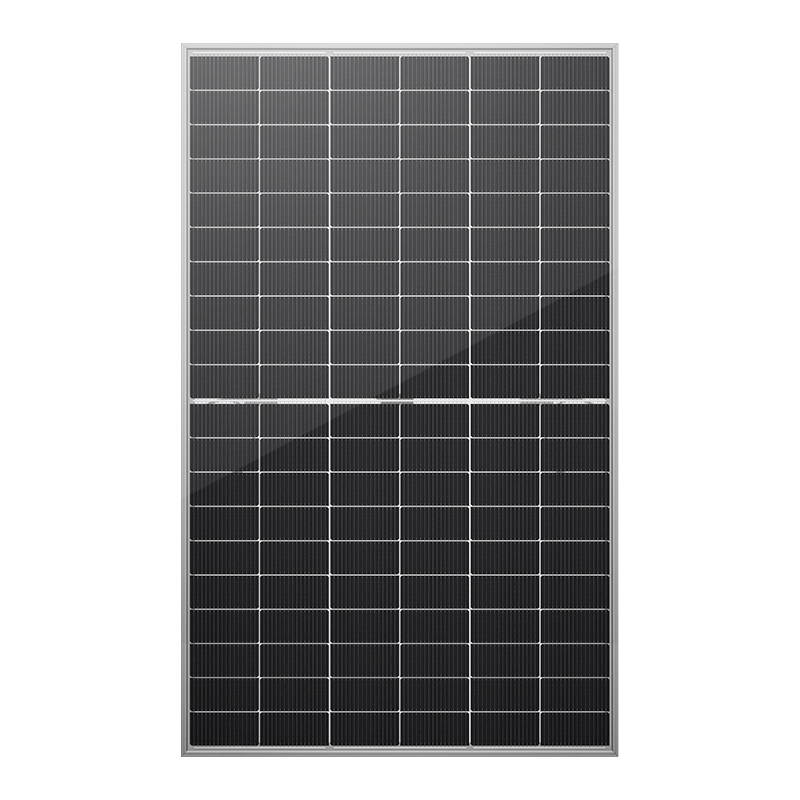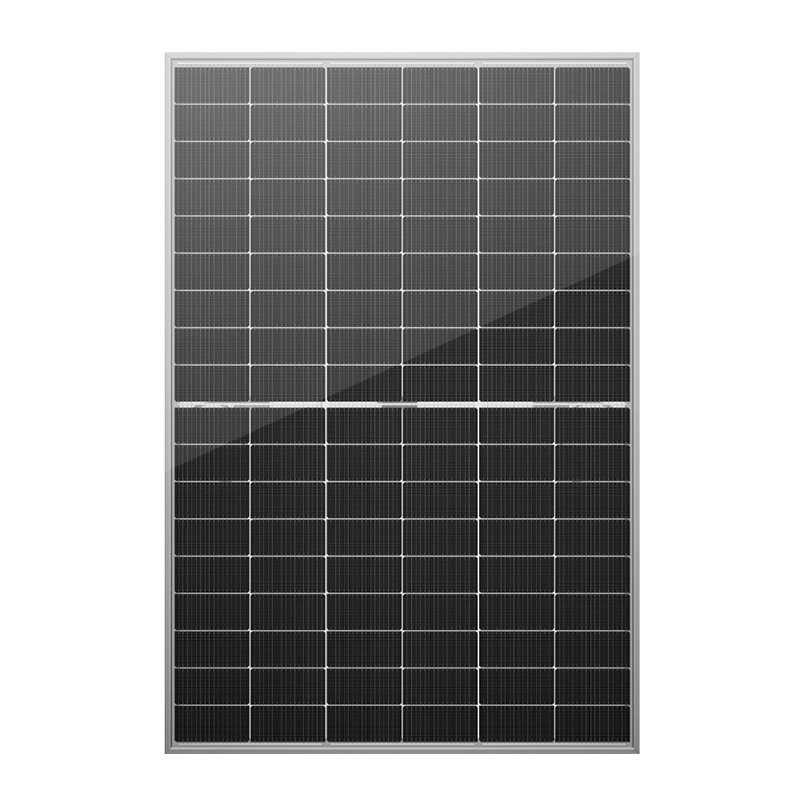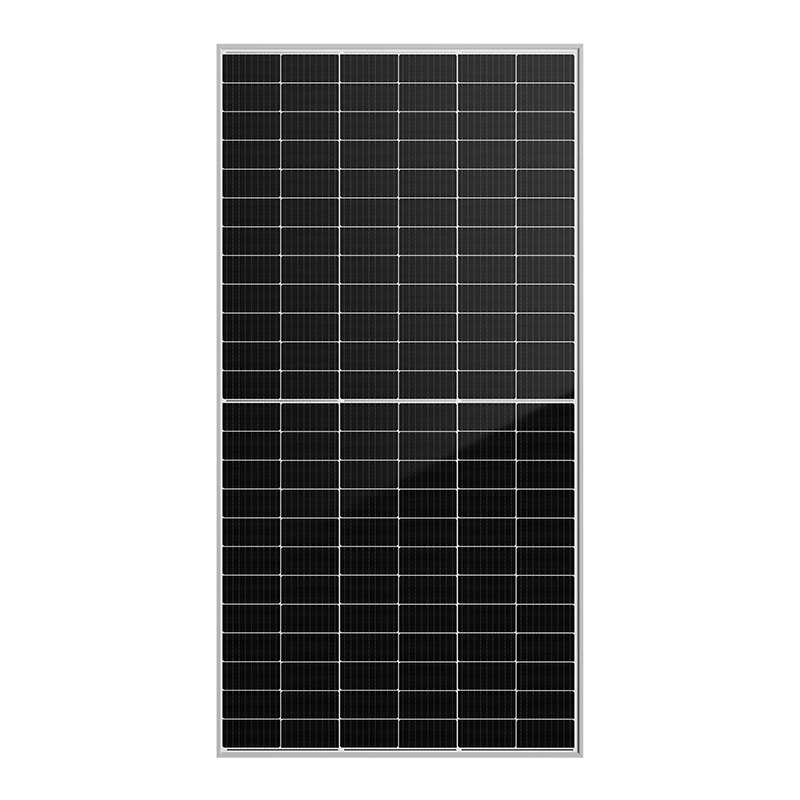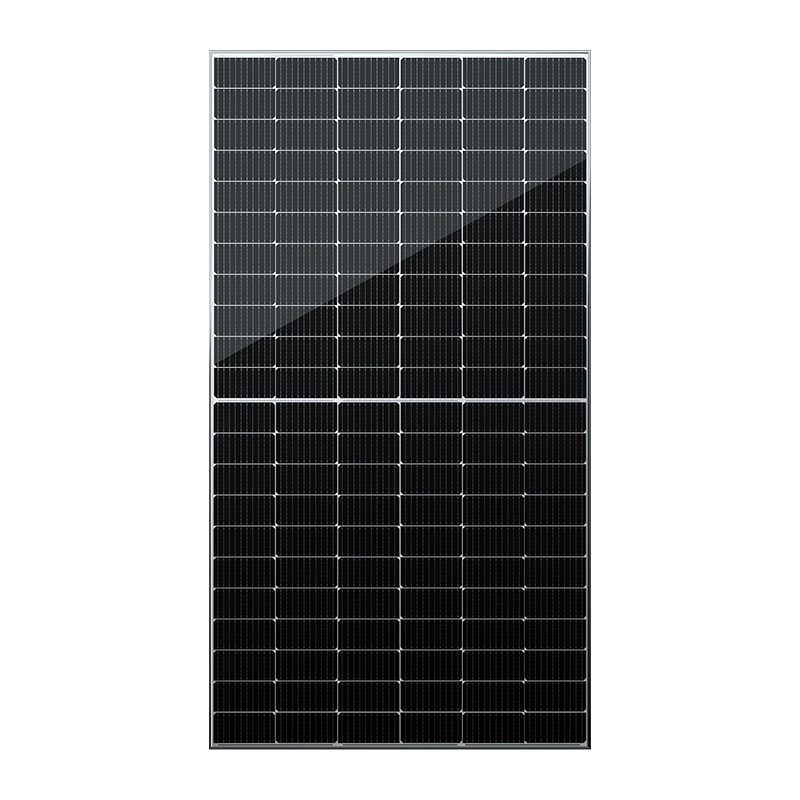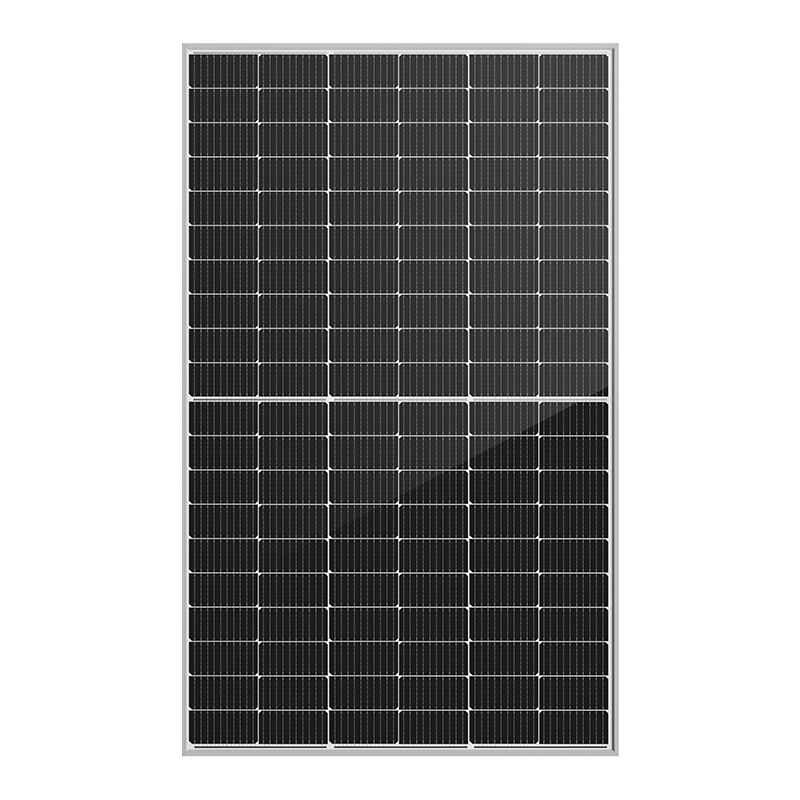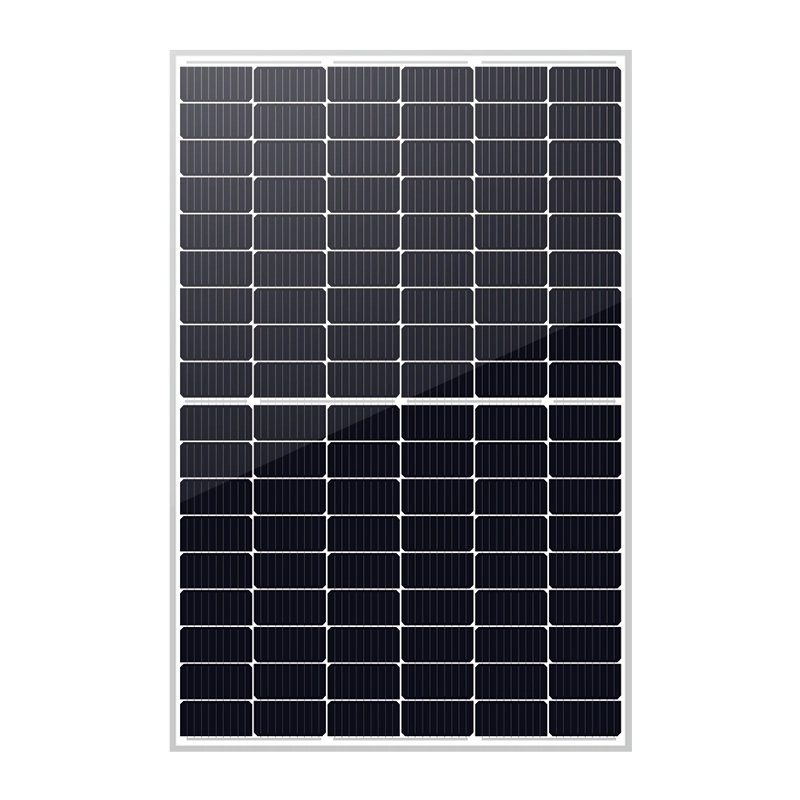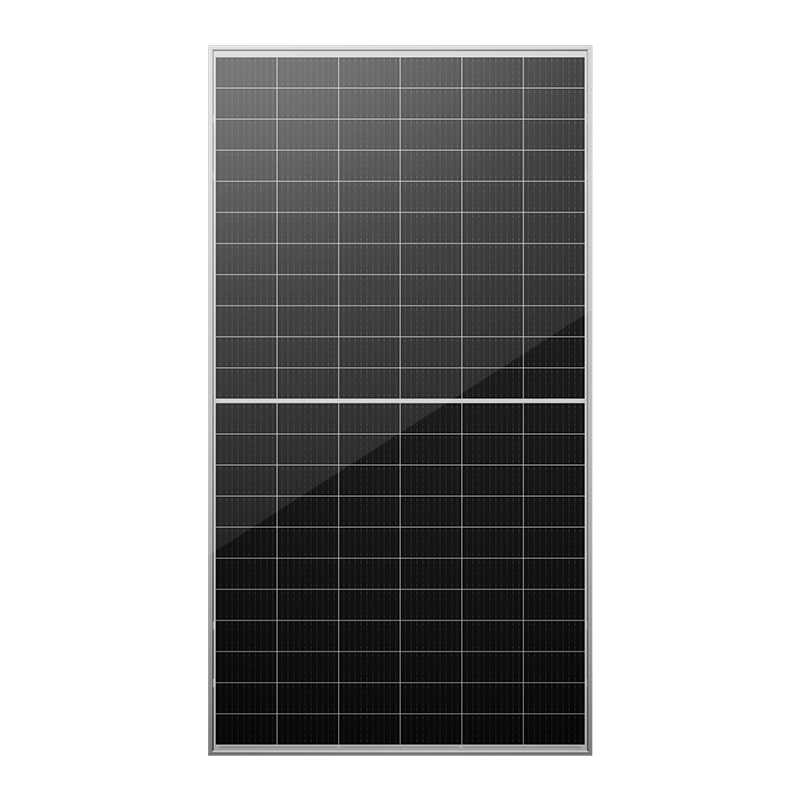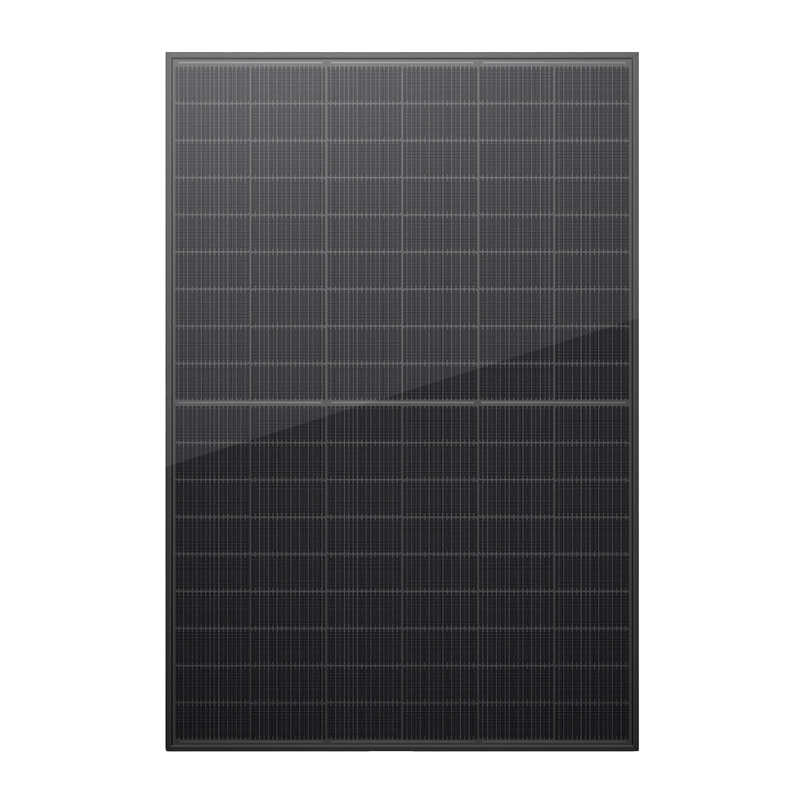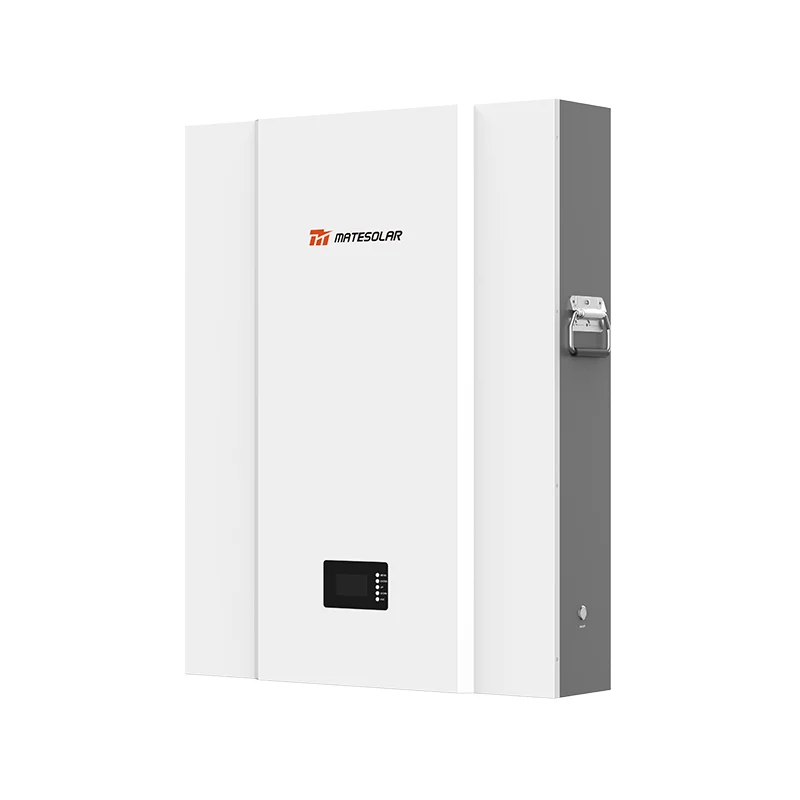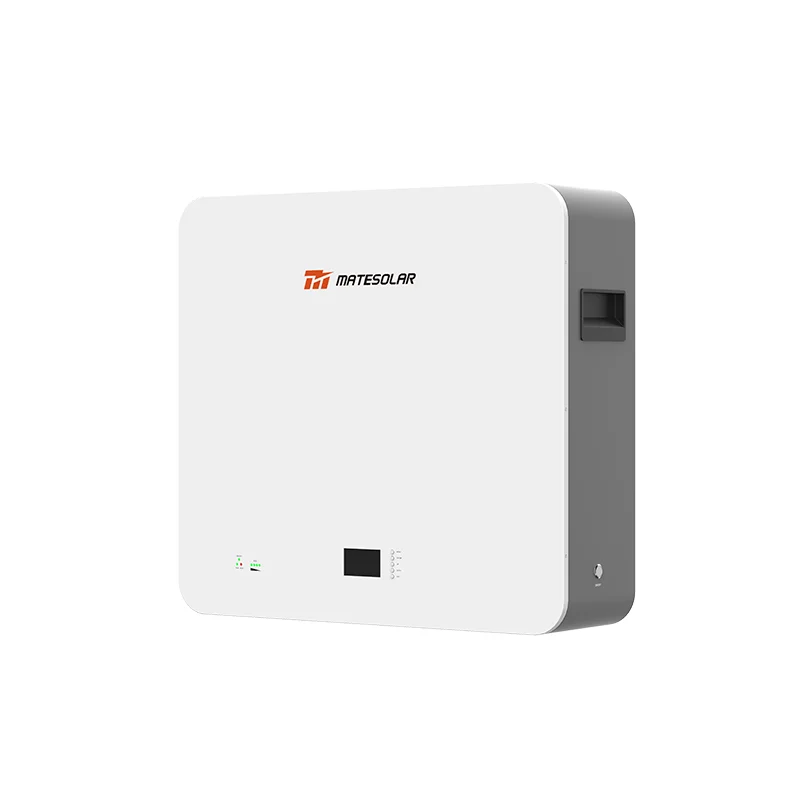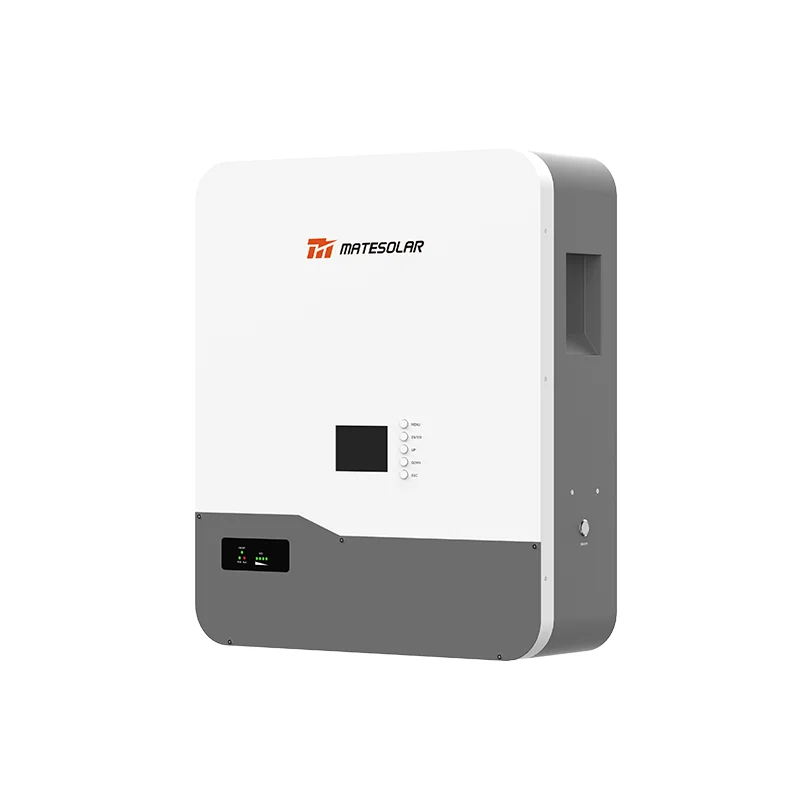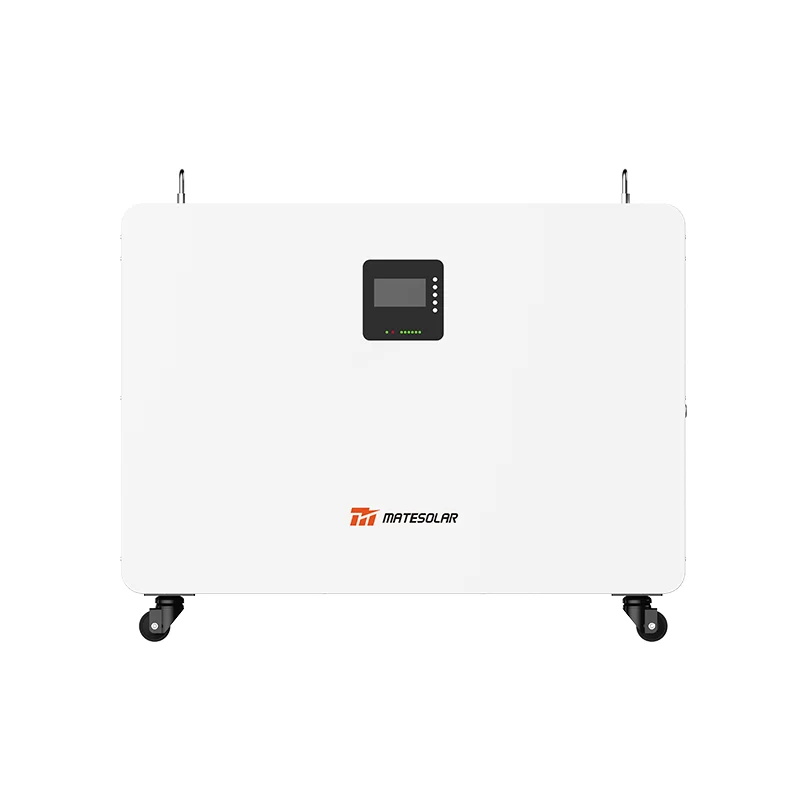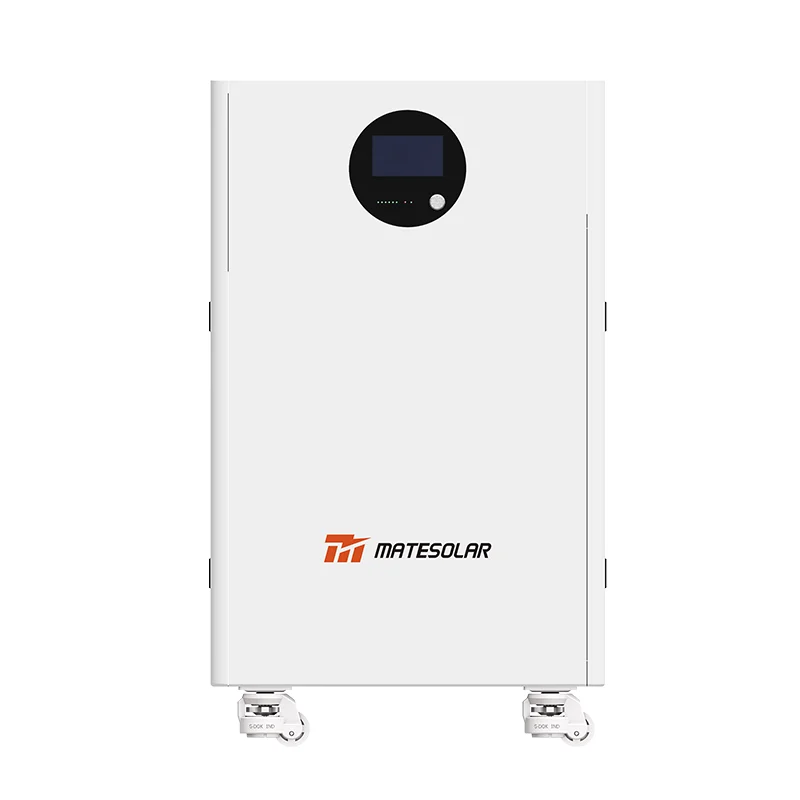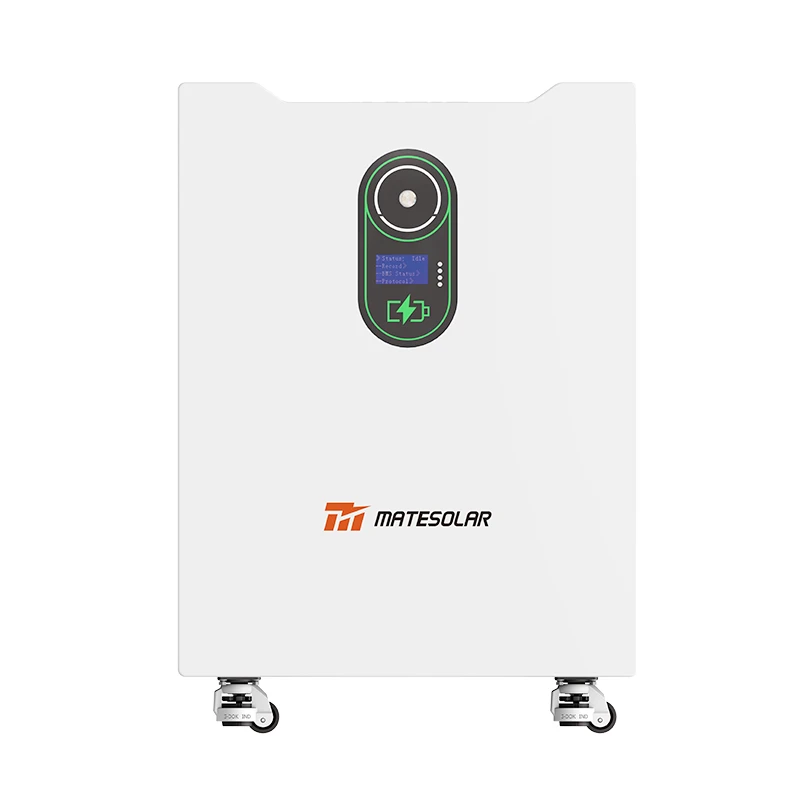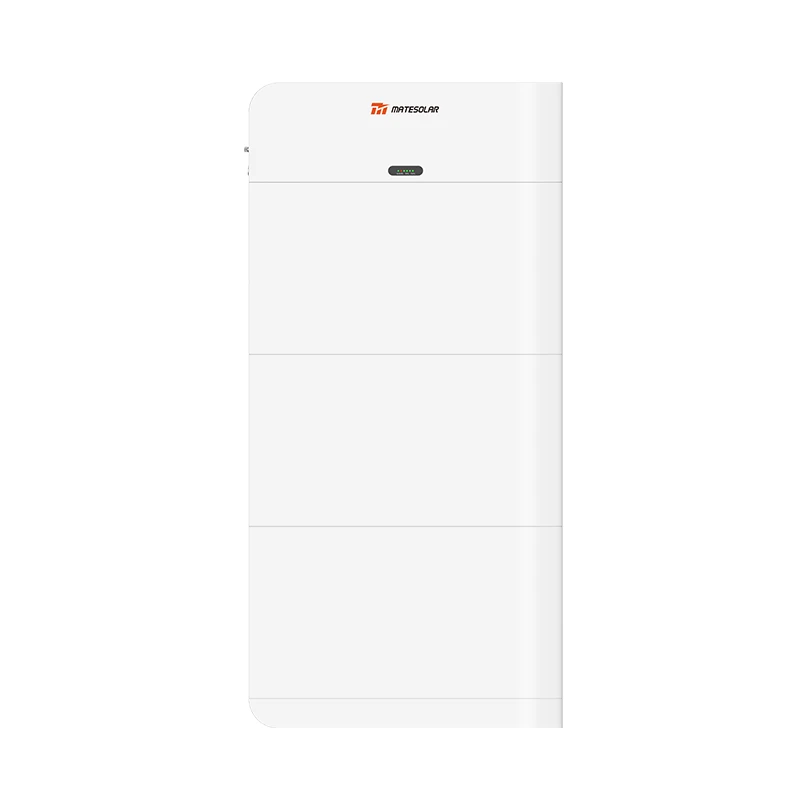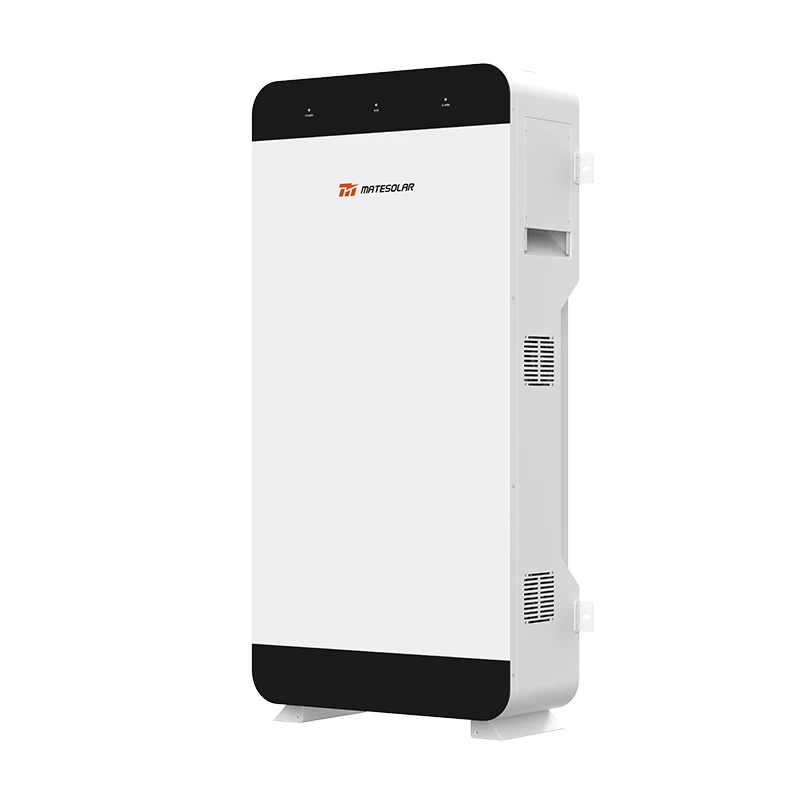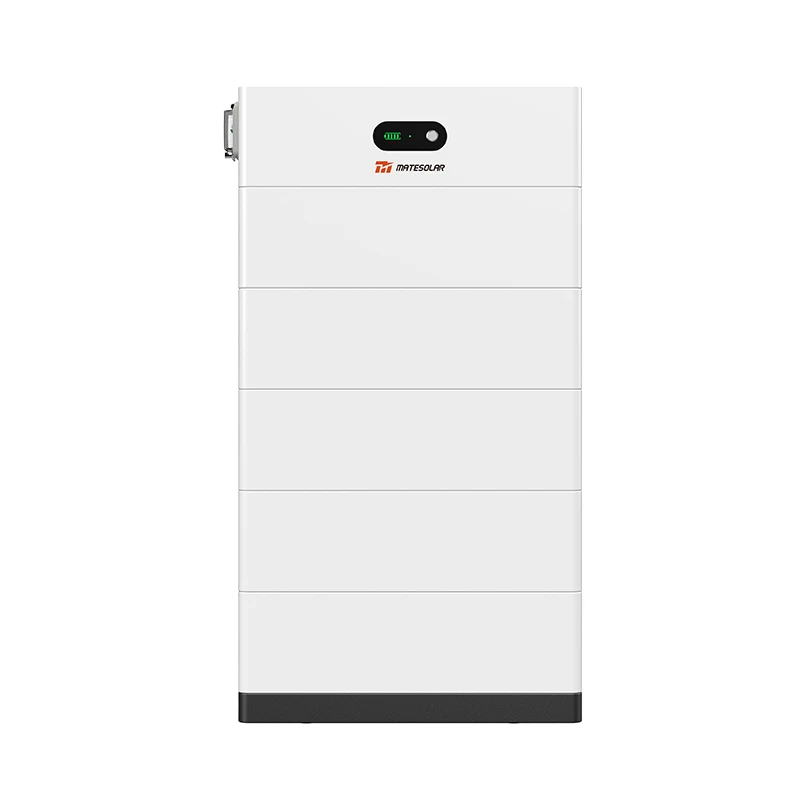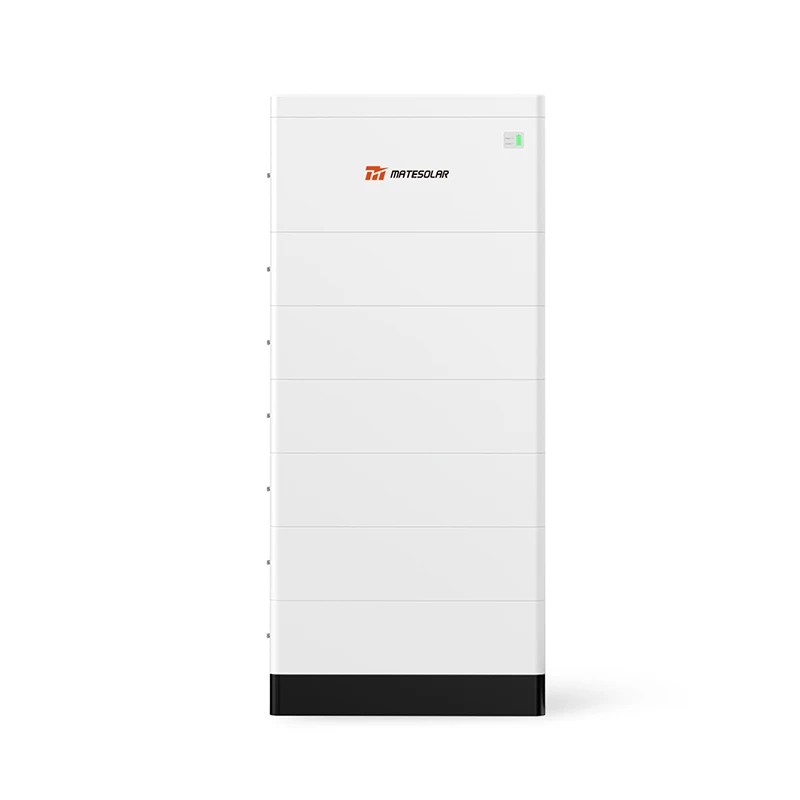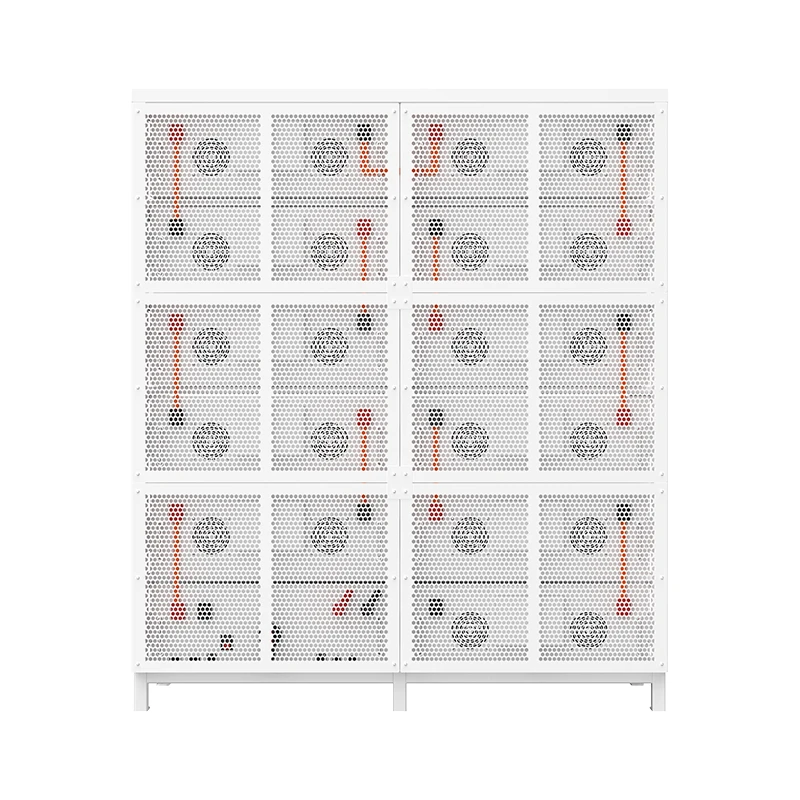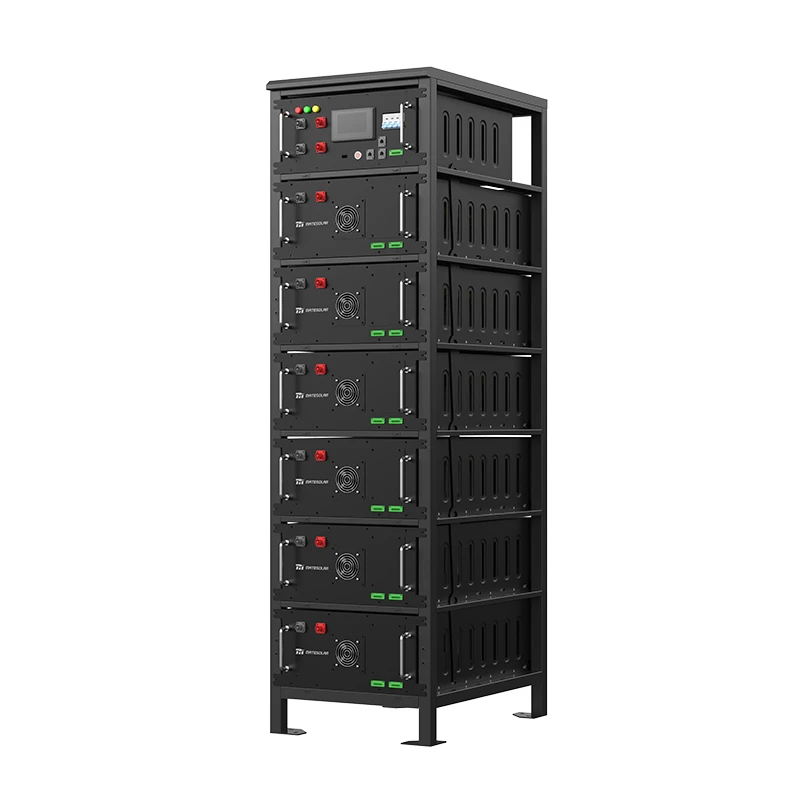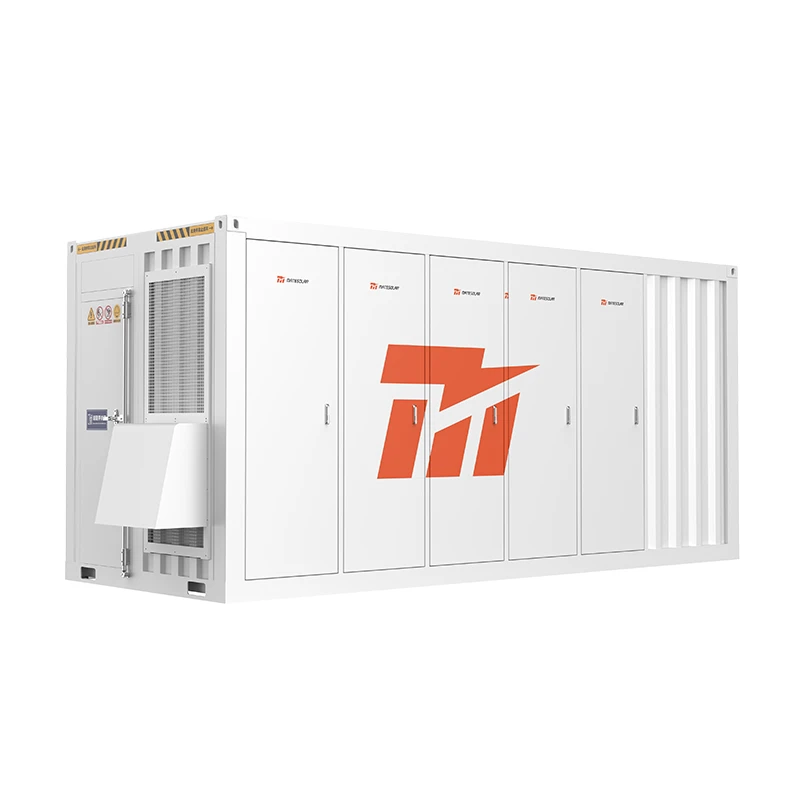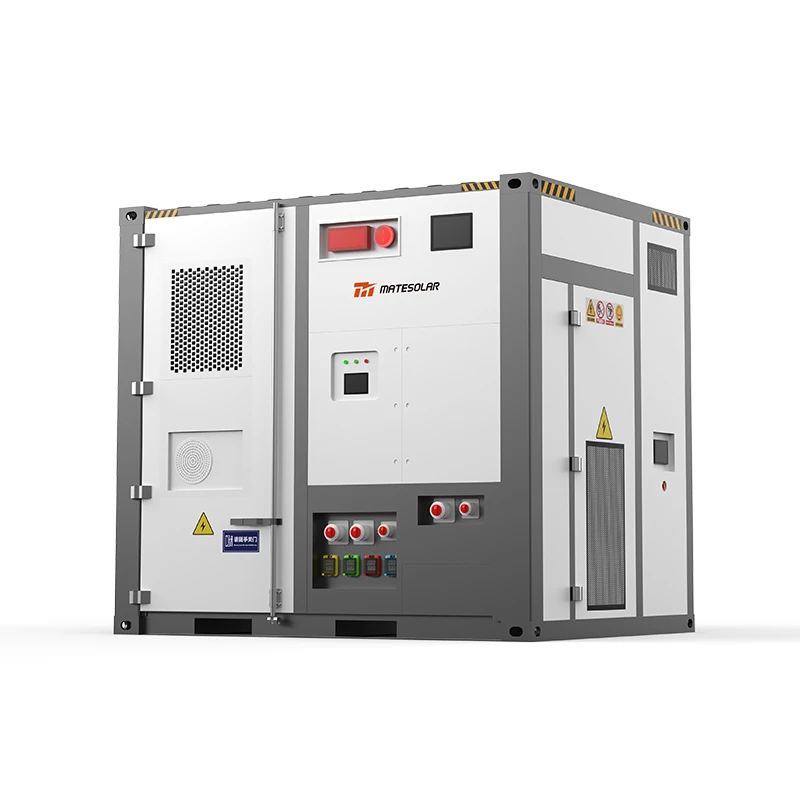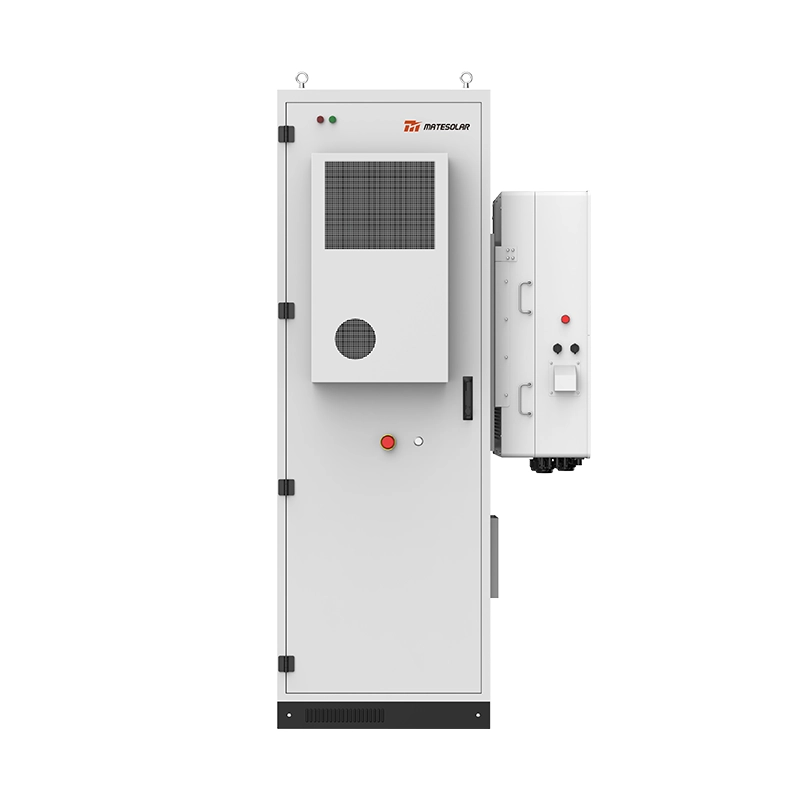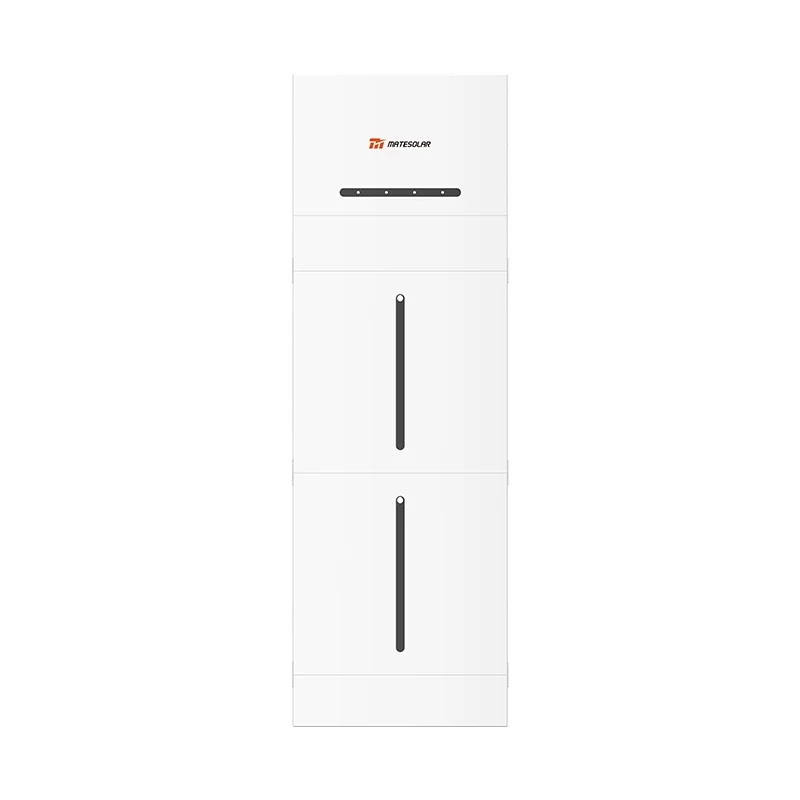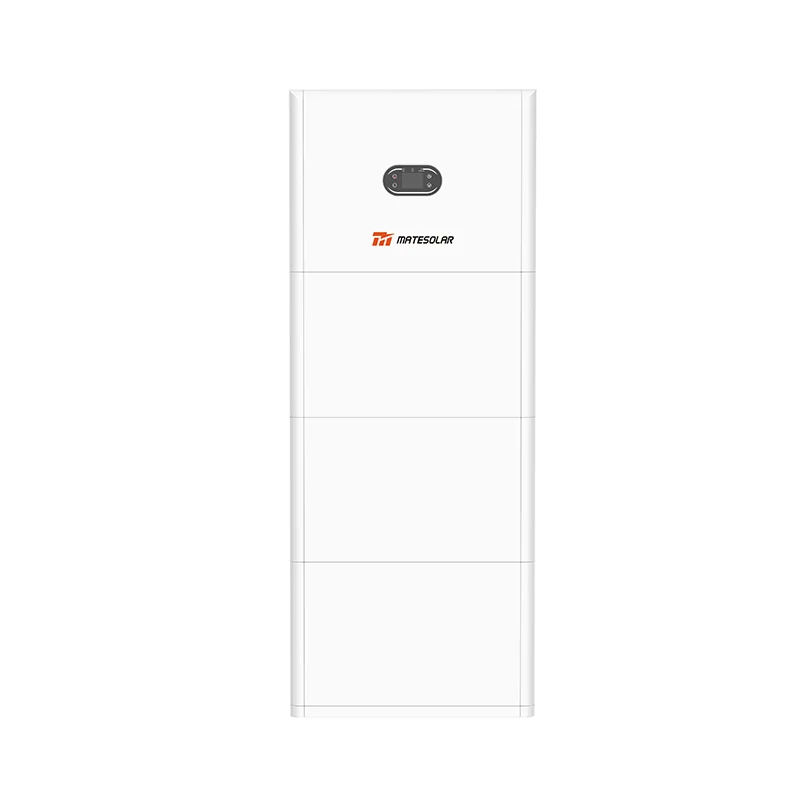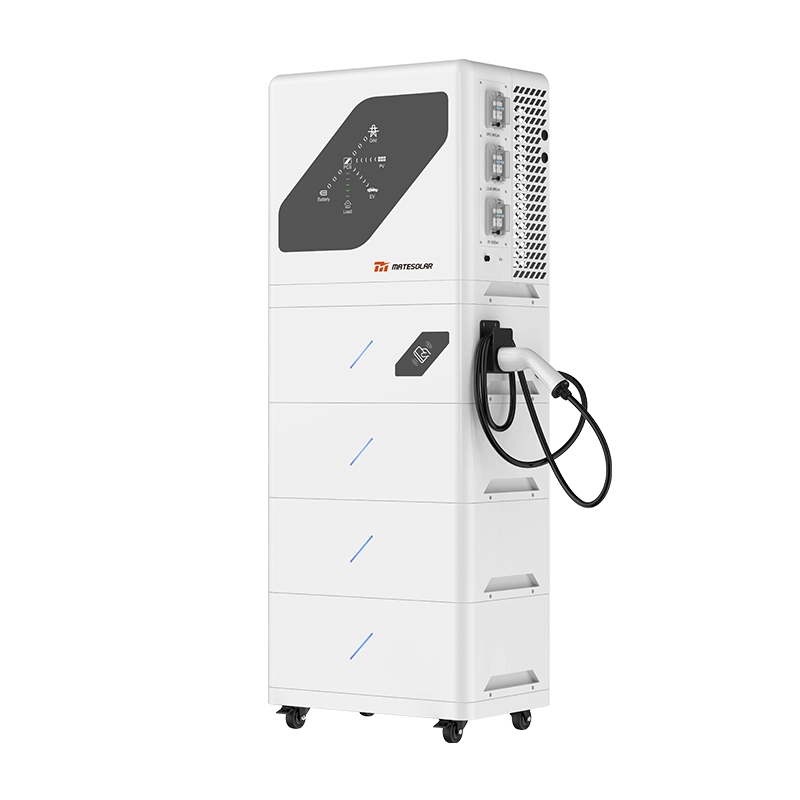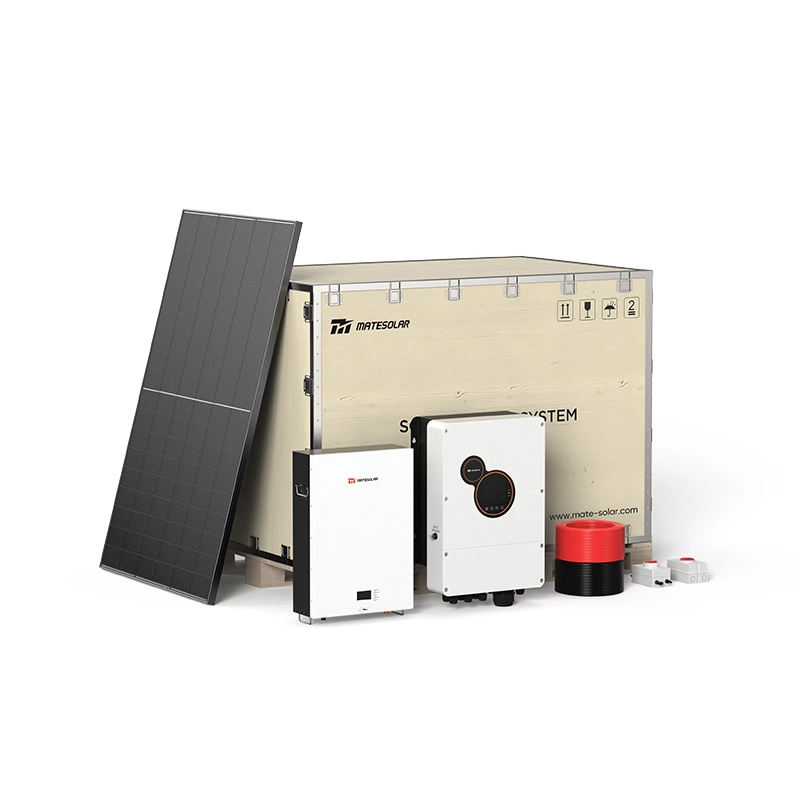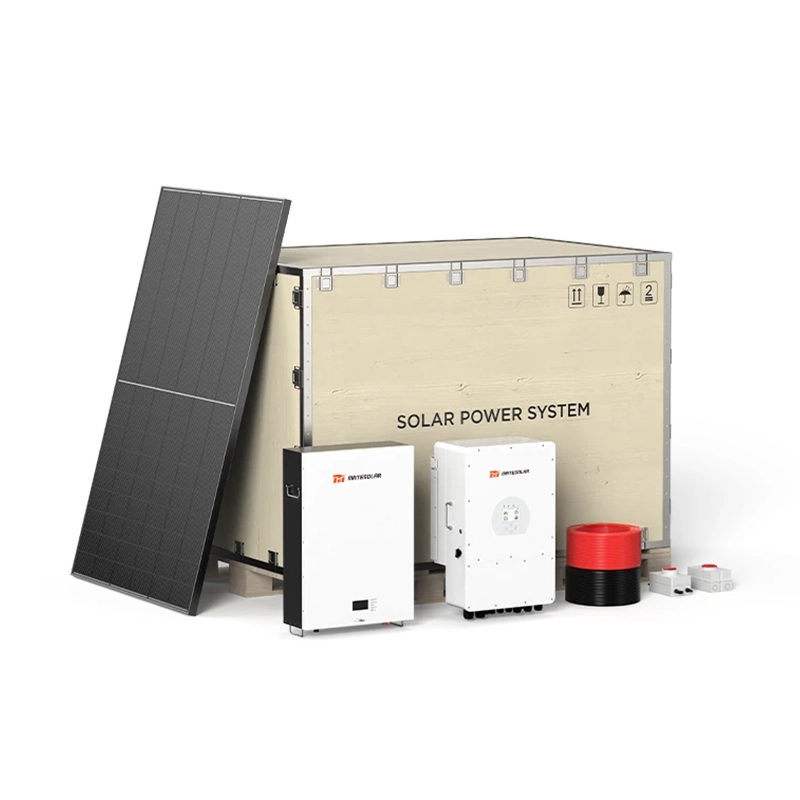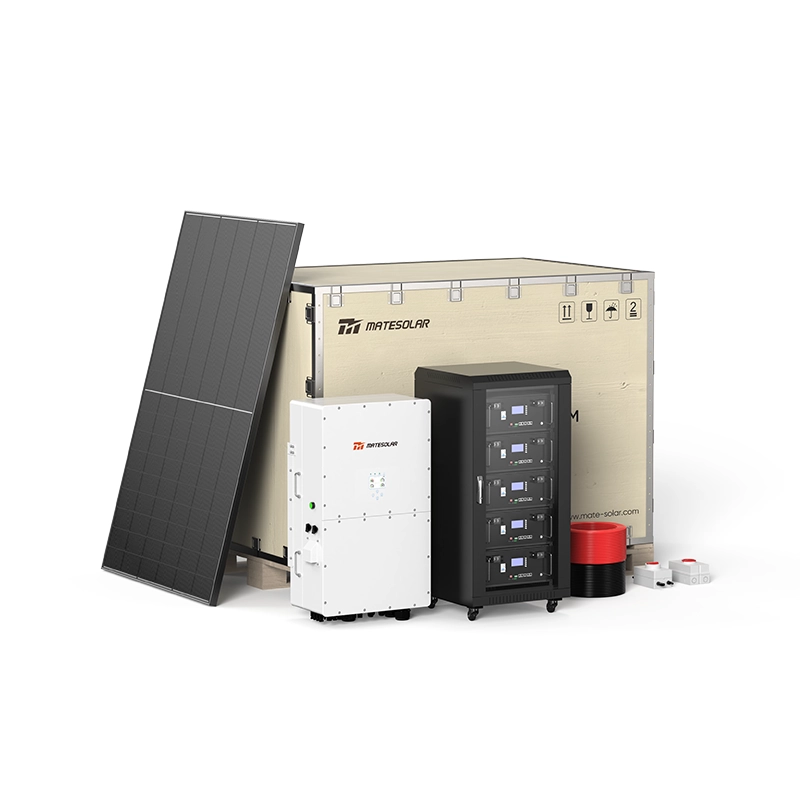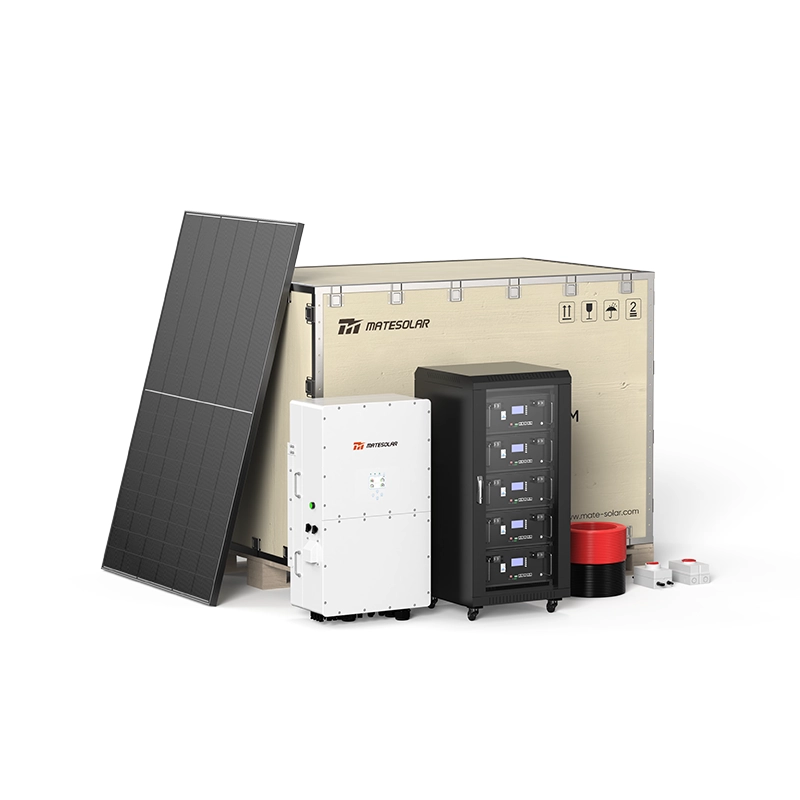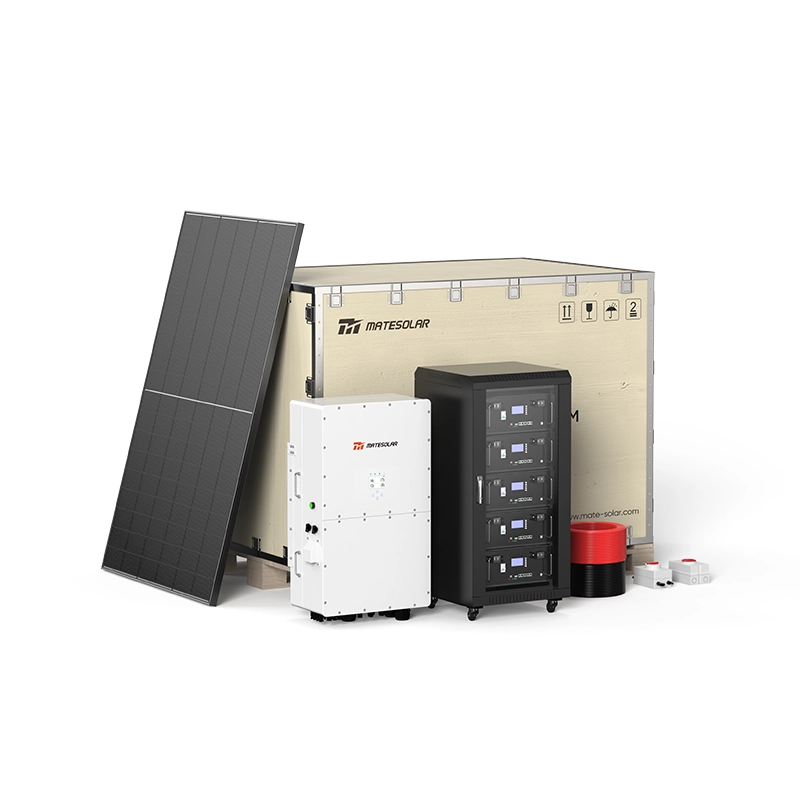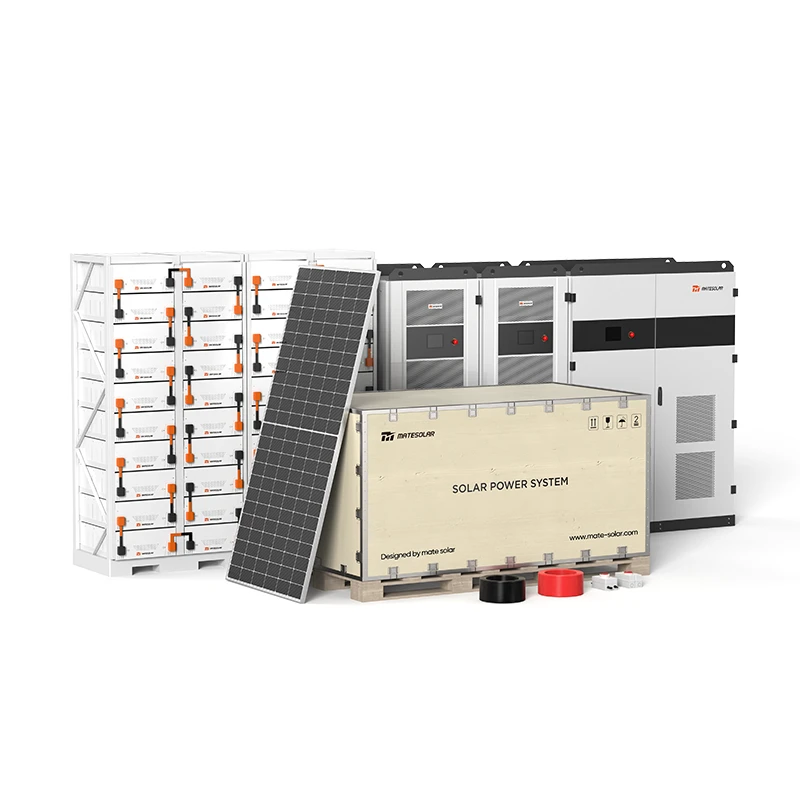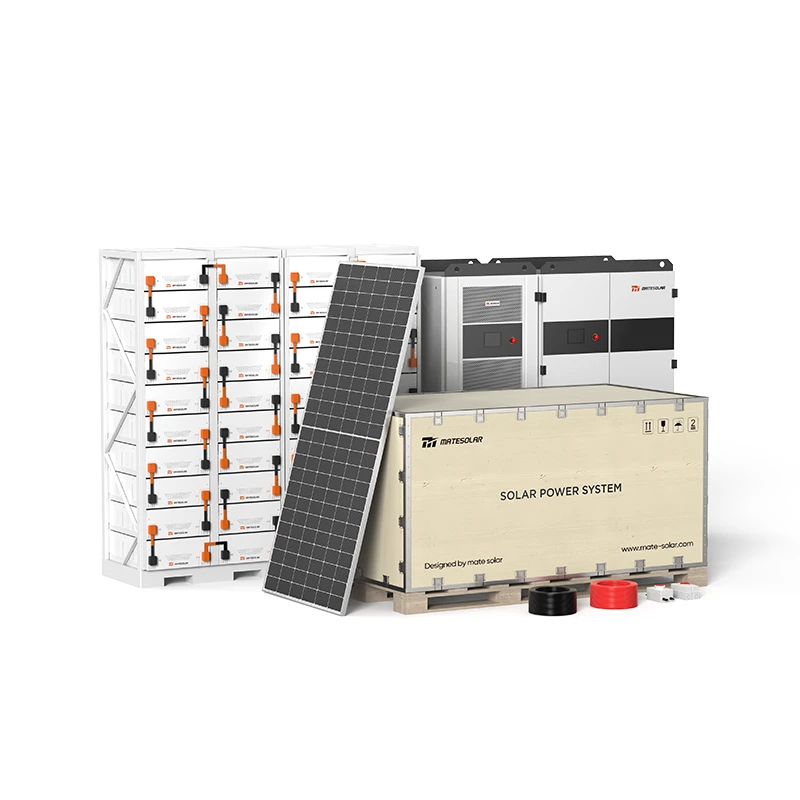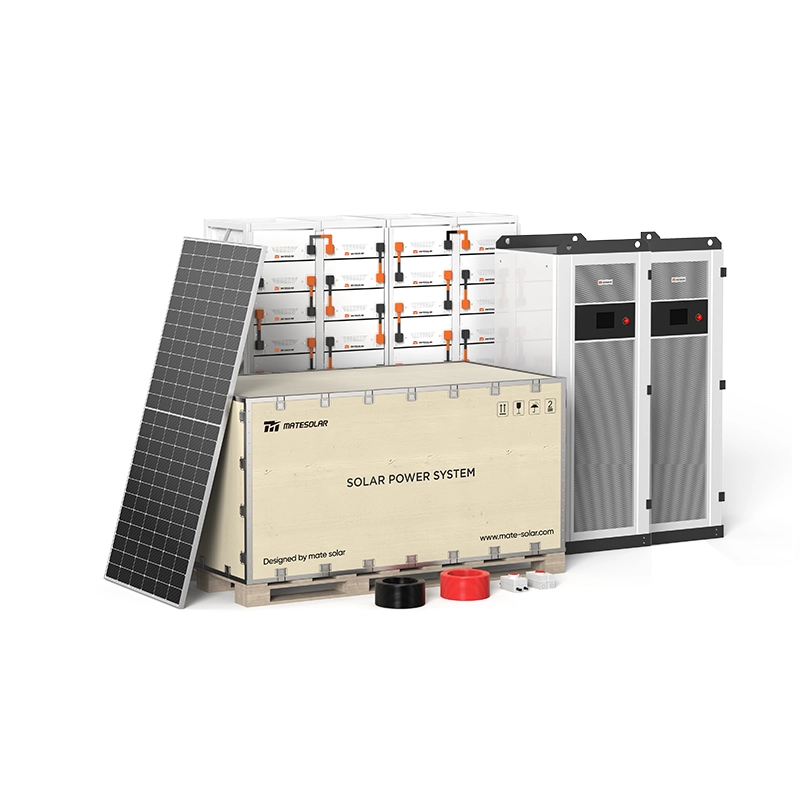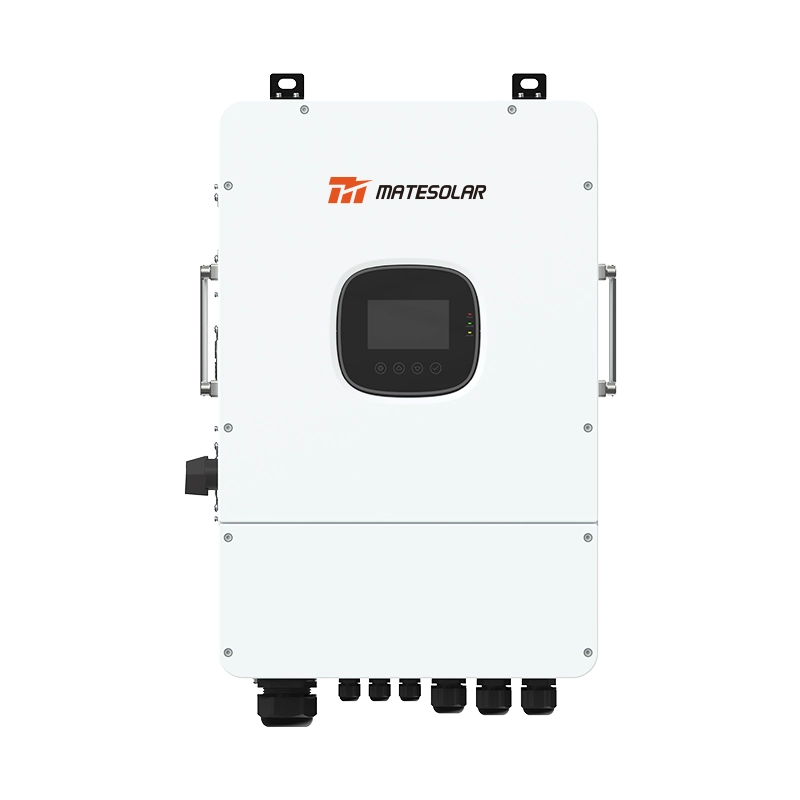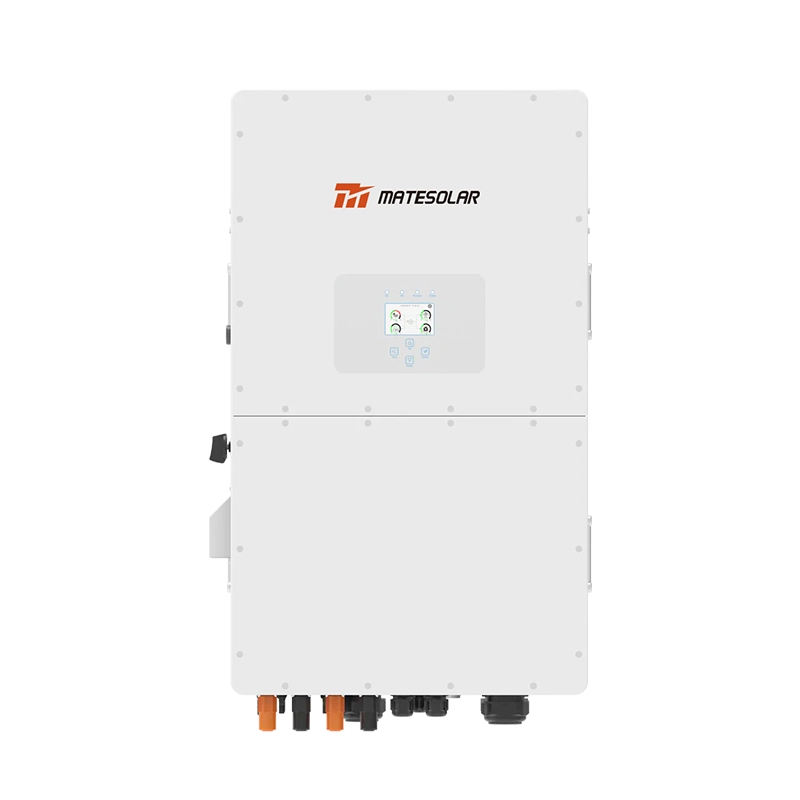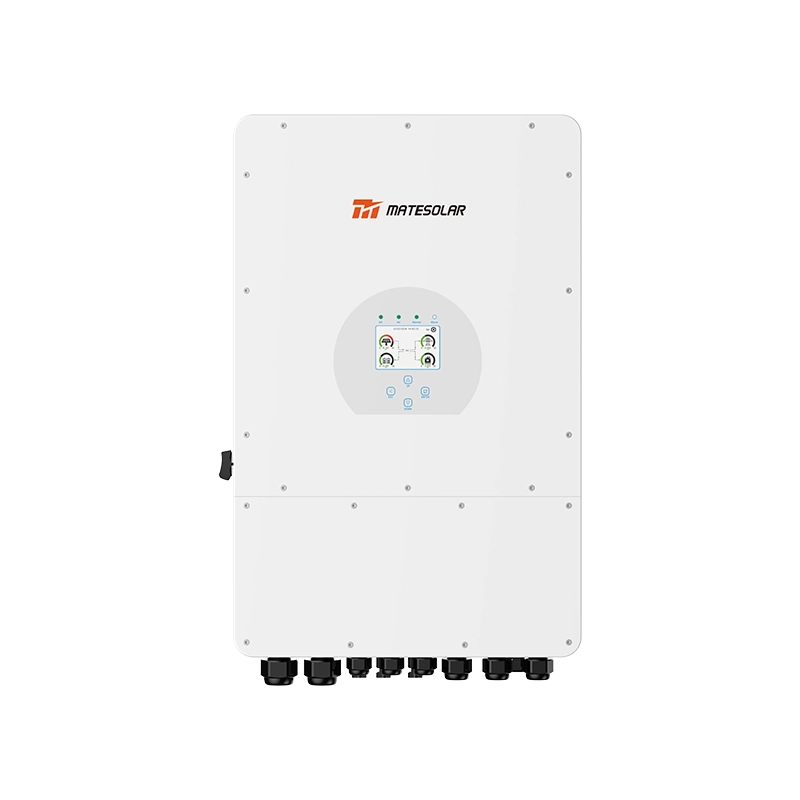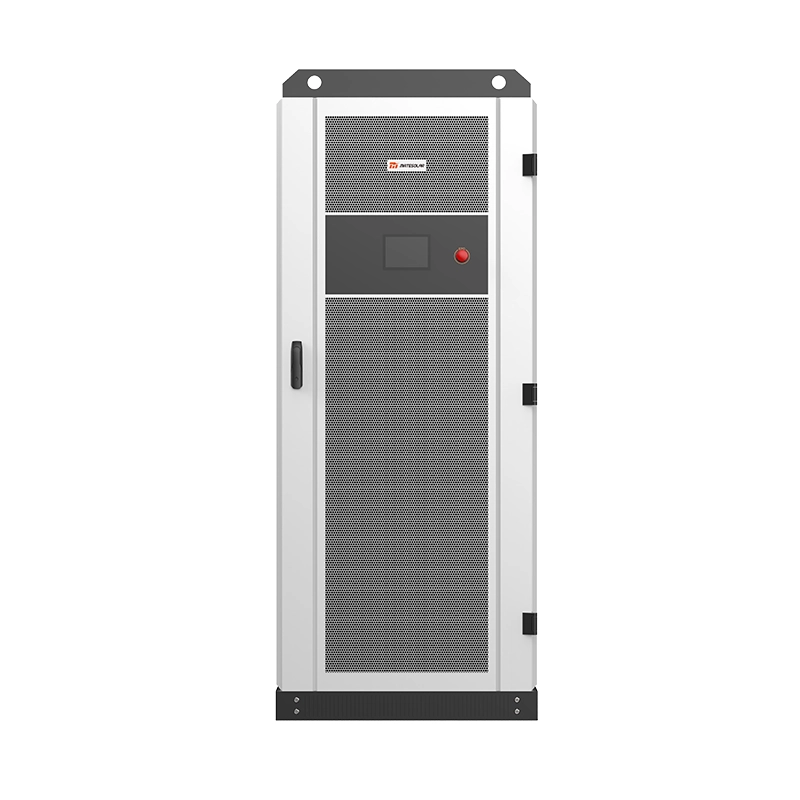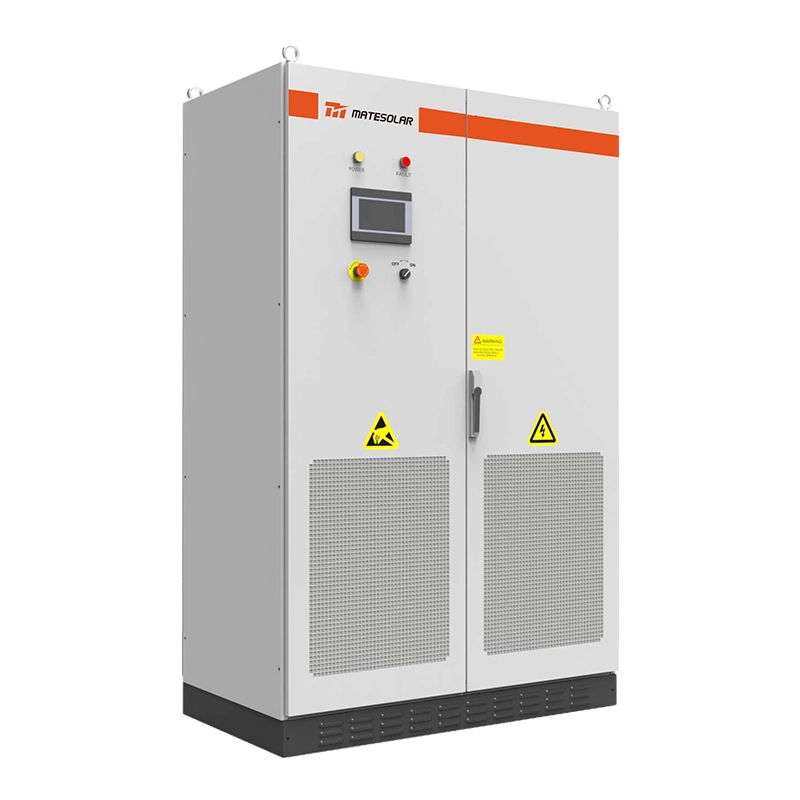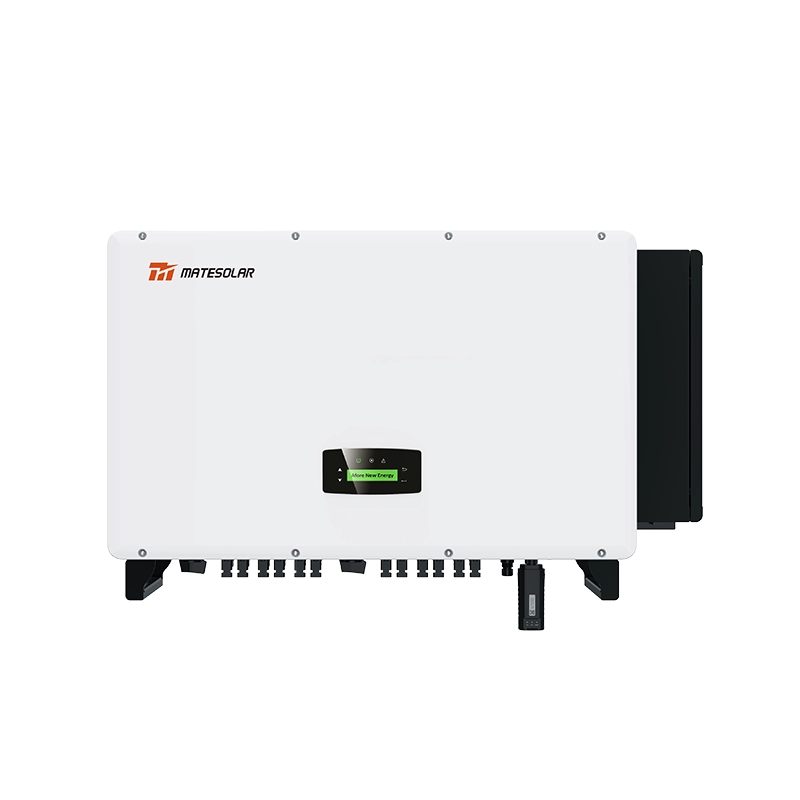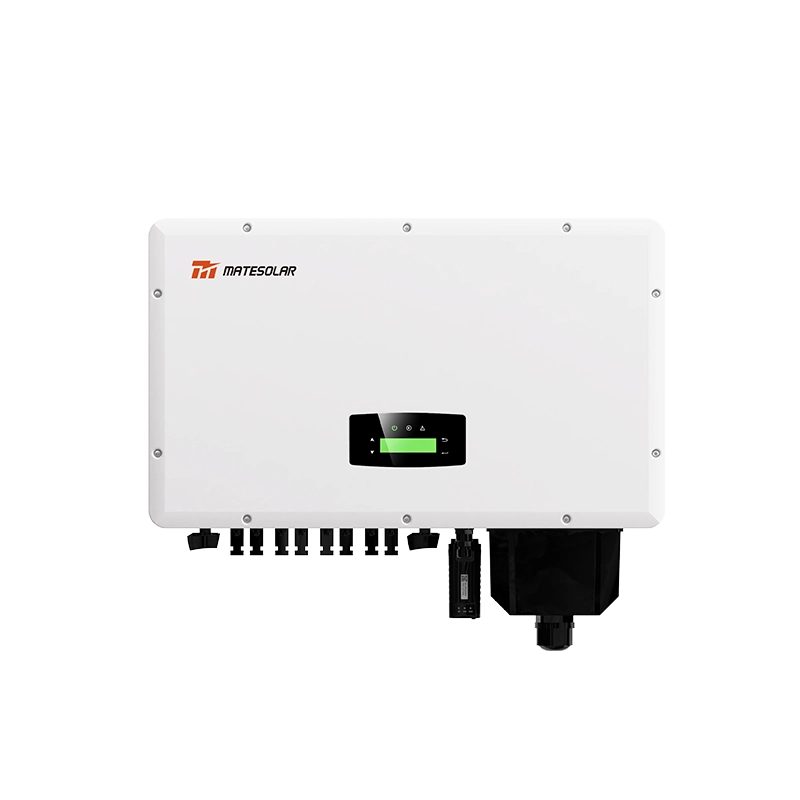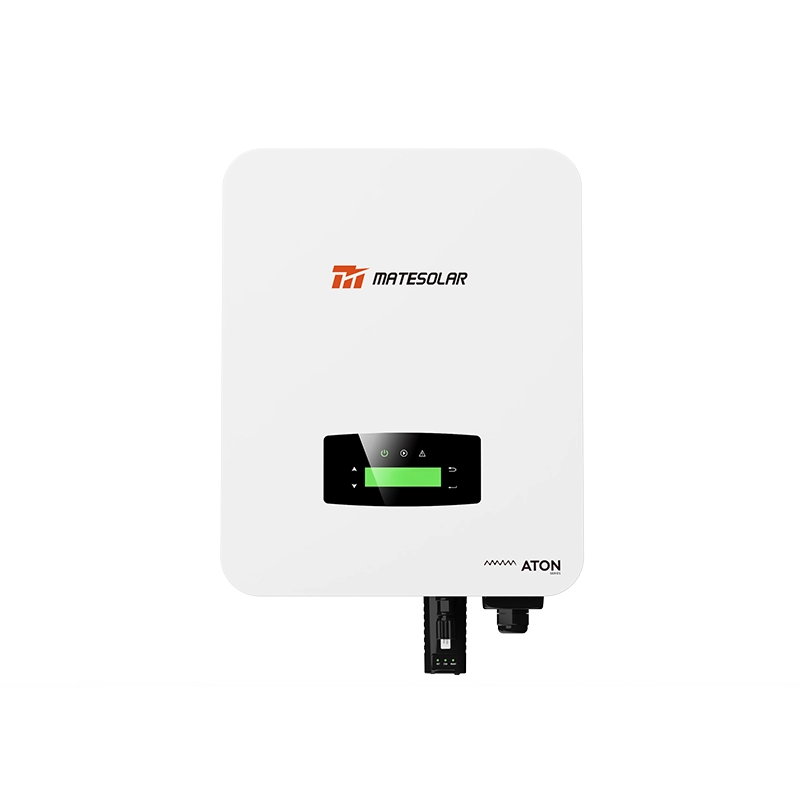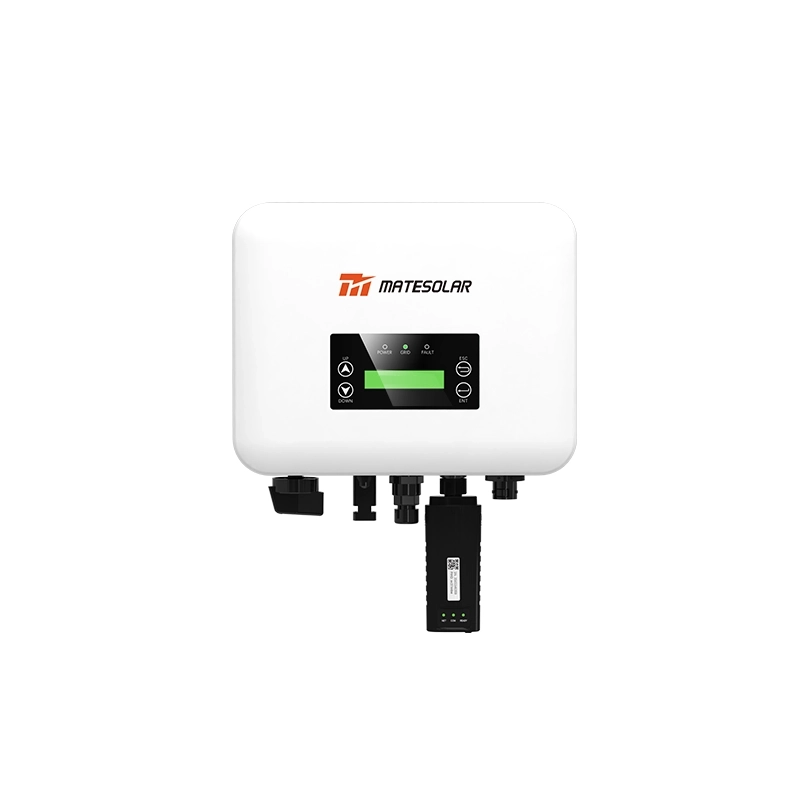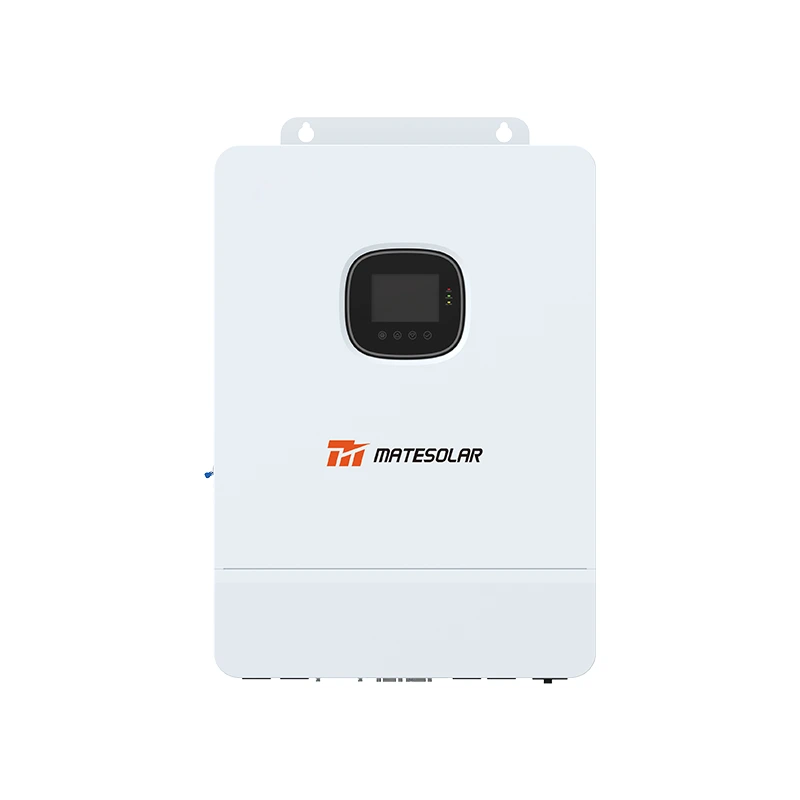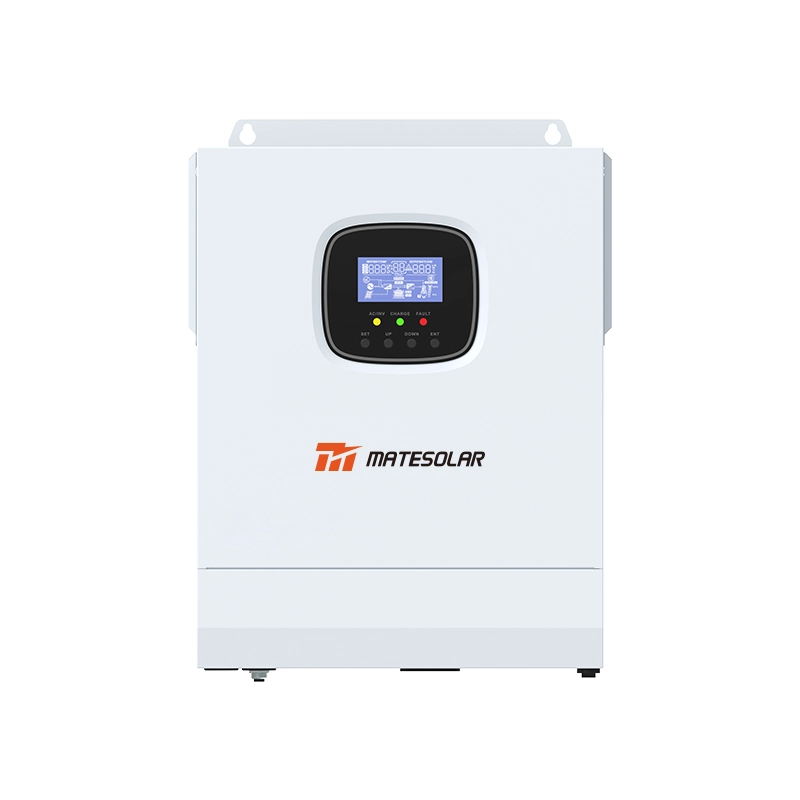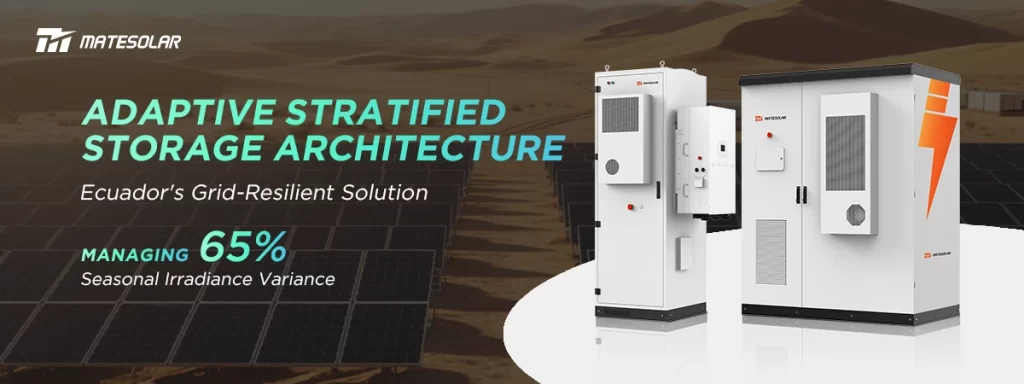
Quito, July 2025 — Ecuador's equatorial location (4°S–2°N) generates radical solar intermittency: dry-season irradiance peaks at 6.4 kWh/m²/day (June–September) versus humid-season lows of 2.3 kWh/m²/day (December–March). Traditional single-storage systems lose >22% energy annually due to spectral mismatch and ramping constraints. To address this, Stratified Energy Storage Architecture (SESA) deploys a tri-layer hybrid system—supercapacitors (SC), lithium iron phosphate (LFP), and vanadium redox flow batteries (VRFB)—coupled with predictive grid-forming inverters. Deployed across 18 microgrids in Loja and Galápagos, SESA achieves 94.5% solar utilization while reducing grid reliance by 47% during peak humidity months
Technical Architecture: Dynamic Response Hierarchy
SESA’s innovation lies in its time-scaled energy dispatch framework, optimized for Ecuador’s microclimates:
Layer 1: Ultracapacitors (0–5s response);
Mitigate cloud-transient fluctuations with >99% round-trip efficiency (RTE), rated for 1 million cycles. Utilizes SiC-based DC/DC converters with 20 μs switching latency.
Layer 2: LFP Batteries (5min–4h);
AI-managed intra-day load shifting via modified incremental conductance (INC) MPPT. Cycle depth reduced to 45% through predictive discharge scheduling, extending lifespan to 12 years.
Layer 3: VRFB (4h–7 days);
Seasonal energy shifting with <0.003% daily self-discharge. Electrolyte tanks sized for 120-hour discharge at 1C rate, enabling dry-to-humid season energy transfer.
Table 1: SESA Performance Metrics vs. Conventional Systems (2025 Field Data)
| Parameter | Dry Season | Humid Season | LFP-Only Baseline | Pb-Acid Baseline |
| Solar Utilization Rate | 97.1% | 91.3% | 79.2% | 68.5% |
| Grid Reliance Reduction | 48% | 44% | 19% | 8% |
| LCOE (USD/kWh) | $0.103 | $0.127 | $0.183 | $0.241 |
| Response Time (ms) | 18 | 19 | 520 | 1,200 |
| RTE (%) | 92.5 | 89.8 | 86.3 | 72.4 |
| Wear Cost ($/MWh) | 1.21 | 1.45 | 3.78 | 6.92 |
| PV Curtailment Rate | 1.8% | 3.5% | 12.7% | 24.1% |
Data Hub, July 2025.
AI Coordination: Handling Ecuador’s Stochastic Microclimates
Latitudinal gradients create irradiance volatility exceeding ±15%/min during cloud passages. SESA’s GridSynch Cortex™ integrates:
1. Latin Hypercube Sampling (LHS) for probabilistic irradiance modeling, reducing forecast error to <8% RMSE;
2. Pareto-optimized Dispatch using niche-based genetic algorithms (GA) to balance:
<1> Voltage stability (±4% deviation compliance with Codicigo Nacional de Red);
<2> Storage degradation cost ($/kWh/cycle);
<3> Renewable curtailment penalty
In Manabí deployments, this enabled 62% reduction in voltage fluctuations despite 40% PV penetration.
Power Electronics: NPC Inverters & Modified MPPT
1. 3L-NPC Inverters with Neutral-Point Control
<1> Vector-controlled space modulation reduces DC-link ripple by 55% during irradiance drops;
<2> Achieves 99.3% MPPT efficiency under 100–900 W/m² ramp rates (vs. 96.8% in H-bridge topologies);
<3> DC-coupled architecture eliminates 25% conversion losses vs. AC-coupled alternatives.
2. Hybrid INC-Predictive MPPT
<1> Fuses incremental conductance with sky-imaging irradiance prediction;
<2> Limits LFP cycling to 0.2 C-rate average, reducing capacity fade to 1.8%/year.
3. IoT-Driven Demand Shaping
<1> Graph-based load clustering aligns commercial/industrial demand with VRFB discharge cycles;
<2> Cuts peak grid imports by 22% during humid-season evenings.
Engineering Q&A: Addressing Grid-Scale Deployment Challenges
Q1: How does SESA mitigate VRFB electrolyte crossover at high temperatures?
Our titanium-based membrane separators operate at 40°C with <0.1 mA/cm² crossover current—critical for coastal Ecuador. Electrolyte rebalancing occurs every 1,000 cycles, maintaining 98.5% energy throughput.
Q2: Can the control hierarchy handle multi-cloud events?
Yes. Layer 1 supercapacitors buffer 90% of sub-second transients. Our 2024 Galápagos trial demonstrated 99.2% success rate during cumulus storm events with 40 cloud-passages/hour.
Q3: Economic justification for triple-layer vs. LFP-only?
SESA’s LCOE is $0.127/kWh in humid months—31% below LFP-only systems. The 10-year ROI exceeds 14% due to 45% less storage replacement costs.
The MateSolar Integration: Unified DC Ecosystem
MateSolar’s GridForm IQ™ platform embeds SESA within a hardware-software ecosystem:
1. Degradation-Adaptive BMS
<1> Couples LFP/VRFB aging models with reinforcement learning;
<2> Guarantees >92% capacity retention for 15 years.
2. Dual-Port Inverter System
<1> Simultaneous grid feed-in (up to 1.2 PU) and critical backup (0.5C discharge).
3. National Operator Integration
<1> API sync with Ecuador’s Operador Nacional de Electricidad for real-time price-response.
4. Climate Resilience Package
<1> IP68 enclosures withstand 100% humidity and 2,500m altitude derating.
About MateSolar
MateSolar, headquartered in Hefei, China, designs grid-hardening PV-storage ecosystems for tropical/mountainous areas. Our DC-coupled solutions have deployed 68 MW in Latin America, ensuring 99.4% uptime during El Niño.





